In 2021, almost every smartphone company is installing a shell on top of Android. The situation is such that it is now easier to list the manufacturers who use the AOSP interface, rather than their implementation: Nokia, the Xiaomi Mi A line, Google and a handful of small Chinese companies. All the others change the appearance of Android to a large extent, which causes quite a lot of problems with its display, as well as the design and use of these skins in general.
- To this topic: What is AOSP and why is it often confused with Android
Some interface elements may appear crooked
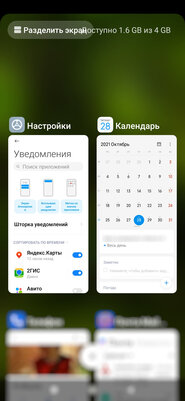
On many shells, you can often see interface elements that are not flush with each other, or overlapping each other, and so on. This is a common problem that occurs in those places in which, it would seem, it is very difficult to admit this. For example, in the OxygenOS screenshot, you can see that the notification icon is located below the clock – to fix this, you just need to change one number in the .xml file of the SystemUI system application. The second screenshot shows a fairly common problem in the whole interface of operating systems and applications – overlapping text. This is due to the fact that initially the shells are developed for the English language, and during translation, if a text transfer mechanism is not provided, the inscriptions overlap each other or other similar problems appear. But, although this is not uncommon, in the AOSP interface this is less common than in MIUI and other proprietary interfaces.
The design of many skins conflicts with the design of Android applications
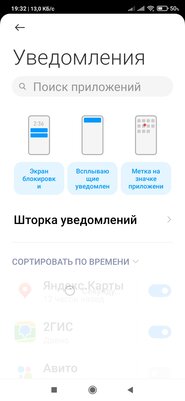
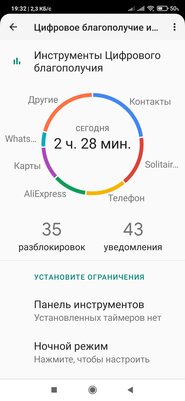
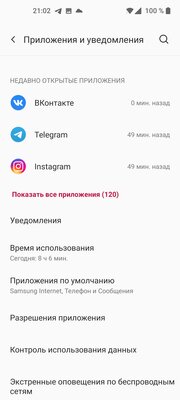
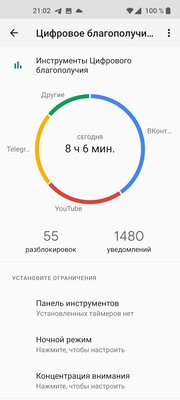
Smartphone manufacturers rarely follow Google and use Material Design in their versions of the Android interface, which wreaks havoc on the visuals of the operating system. It is especially strange to see this in the settings, one section is made in the shell design, the other in the AOSP design. While this does not exist on the Chinese versions of MIUI or HydrogenOS, the problem persists with apps that still follow Material Design guidelines. Their developers simply cannot adapt the interface for every existing shell, as this will increase labor costs several times.
Different Android features not working from shell to shell
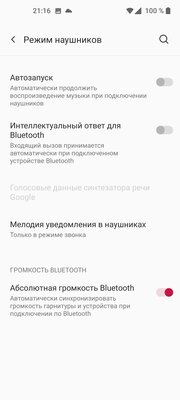
I already wrote about this in the article about MIUI problems. Unfortunately, this applies not only to the shell from Xiaomi, but also to many others. For example, on OxygenOS, disabling Bluetooth absolute volume is intermittent, while OPPO’s ColorOS has issues with music player notifications. It is also very disappointing when the application has the function of displaying something on the lock screen, but in the end it turns out that your smartphone uses its own implementation of this screen, which is why most of these features simply stop working, since they are sharpened for the API AOSP.
Any shell works imperfectly on budget and mid-budget devices
Of course, we can say that budget devices do not have to work well. But the problem here is that when installing third-party firmware using the AOSP interface, the smartphone often starts working perfectly. From this we can conclude that the manufacturer could optimize his shell so that it works smoothly and gives the user only pleasure to use, but for some reason, for the most part, no one does this. And it turns out that devices costing 15 or even 20 thousand rubles are not much smoother than ultra-budget smartphones, for which they ask for 10 thousand. This state of affairs is certainly frustrating and questionable.
Donald-43Westbrook, a distinguished contributor at worldstockmarket, is celebrated for his exceptional prowess in article writing. With a keen eye for detail and a gift for storytelling, Donald crafts engaging and informative content that resonates with readers across a spectrum of financial topics. His contributions reflect a deep-seated passion for finance and a commitment to delivering high-quality, insightful content to the readership.







